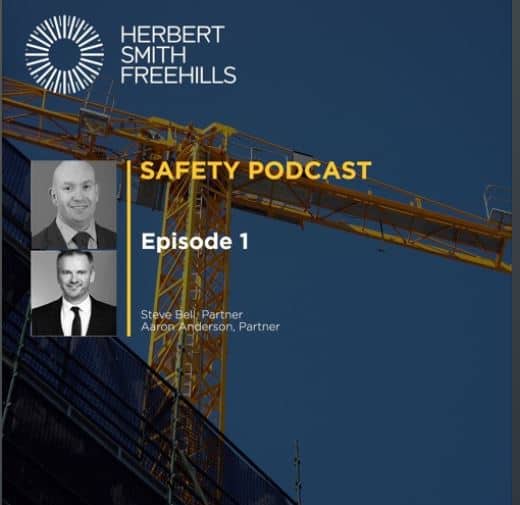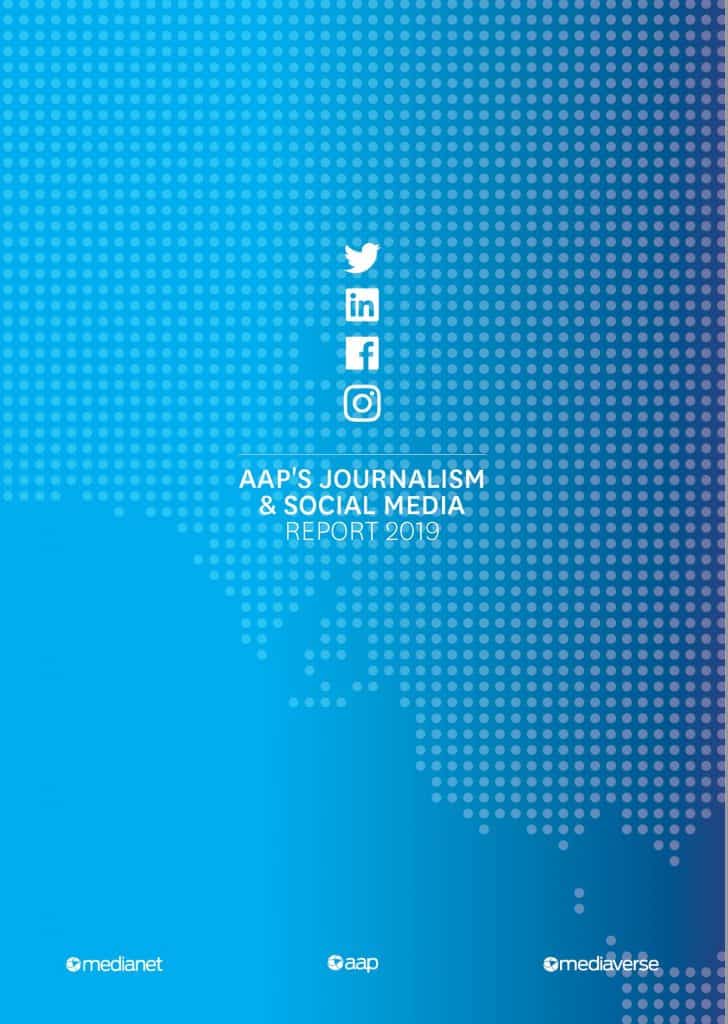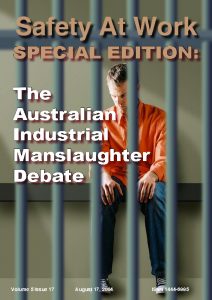One of the prominent occupational health and safety (OHS) lawyers in Australia has started a podcast. The first episode discusses Industrial Manslaughter.
Steve Bell of law firm Herbert Smith Freehills recently published the Safety Podcast, but the title is a bit of a misnomer as, judging by the first episode, the discussion is more about safety law than safety. Regardless, the podcast adds to our state of OHS knowledge.




 At the end of each year it is the customary to reflect on what has happened. SafetyAtWorkBlog is no different so here are some of the blog’s achievements
At the end of each year it is the customary to reflect on what has happened. SafetyAtWorkBlog is no different so here are some of the blog’s achievements